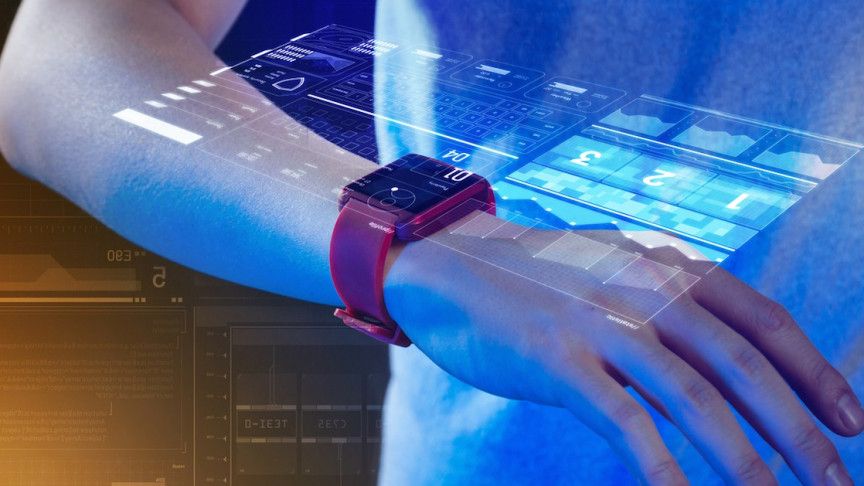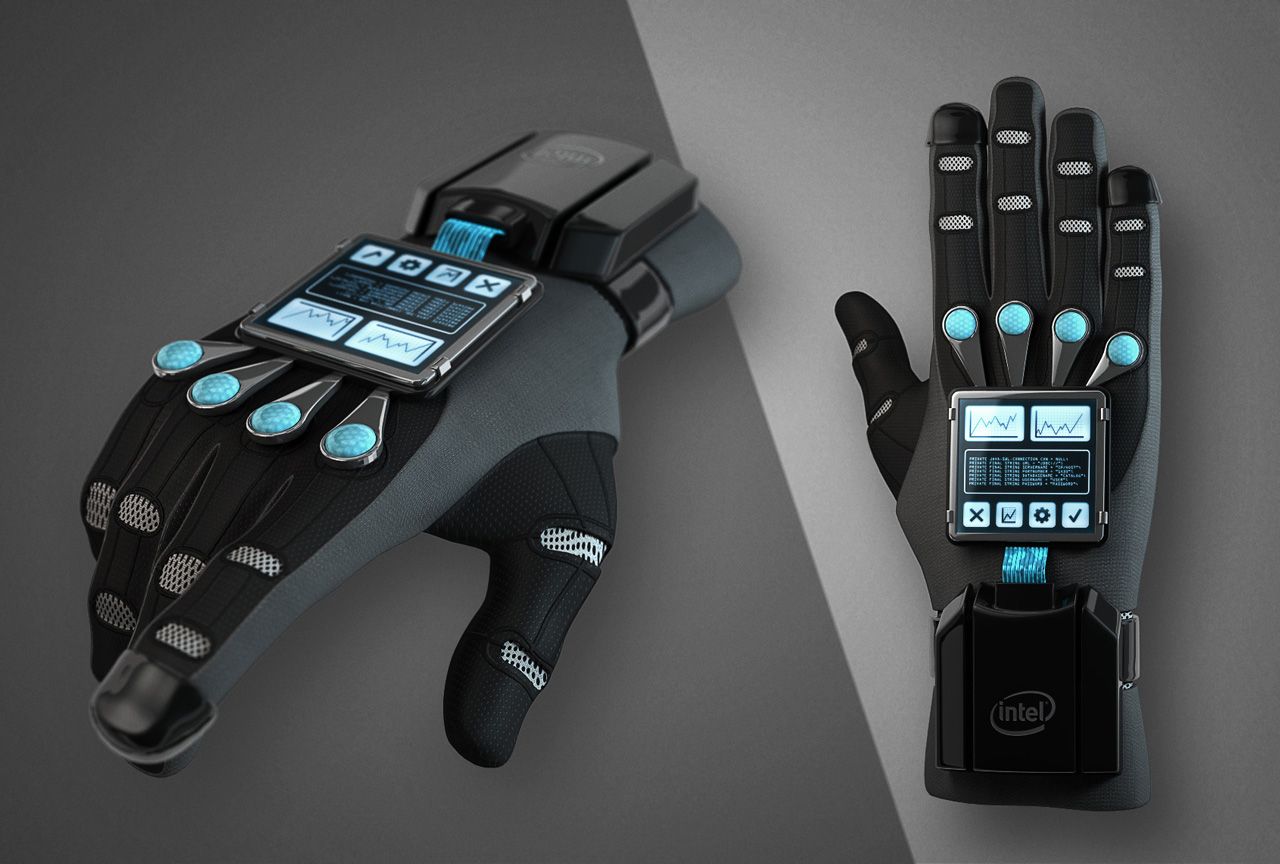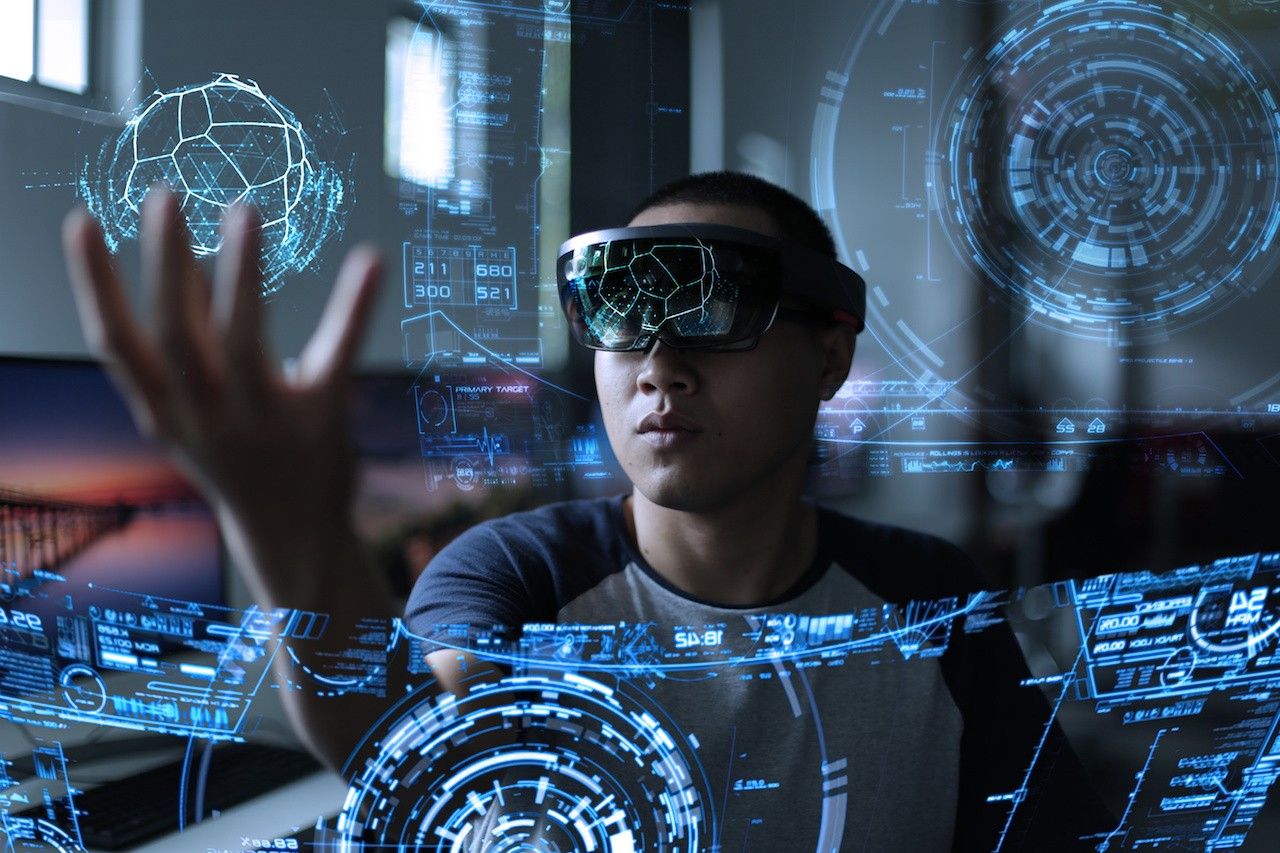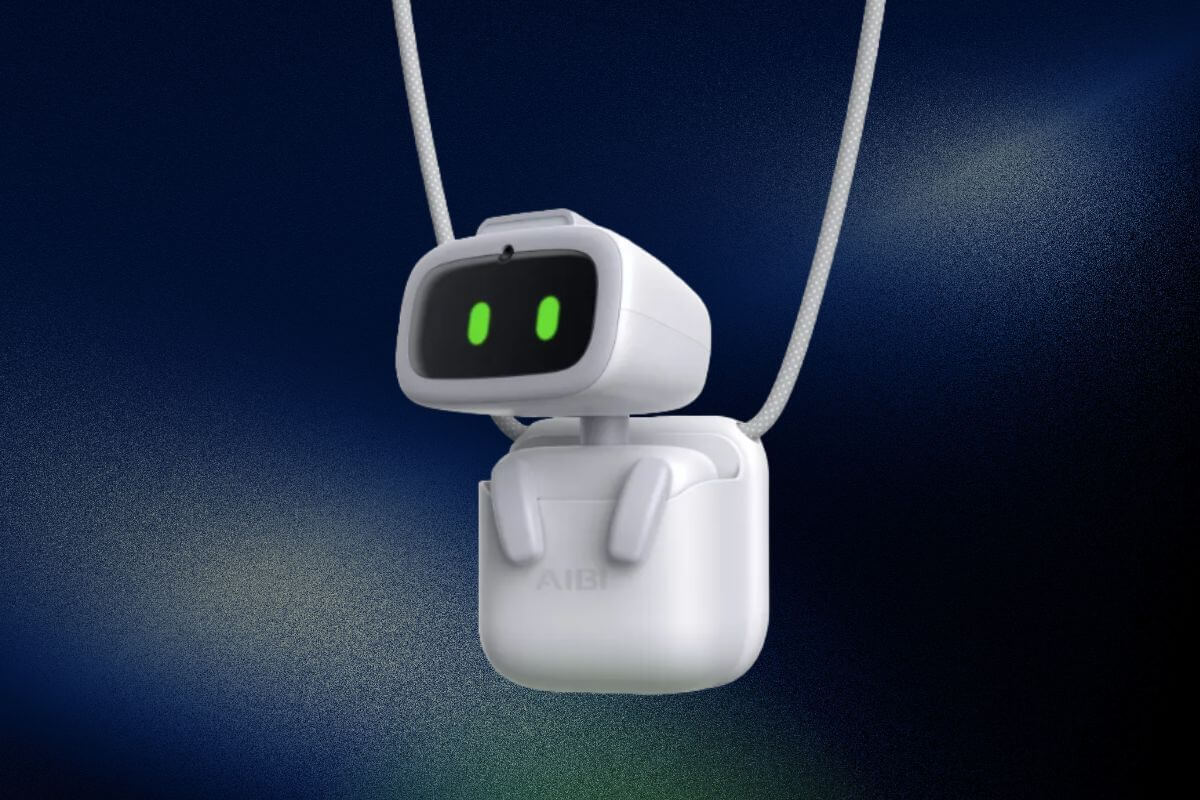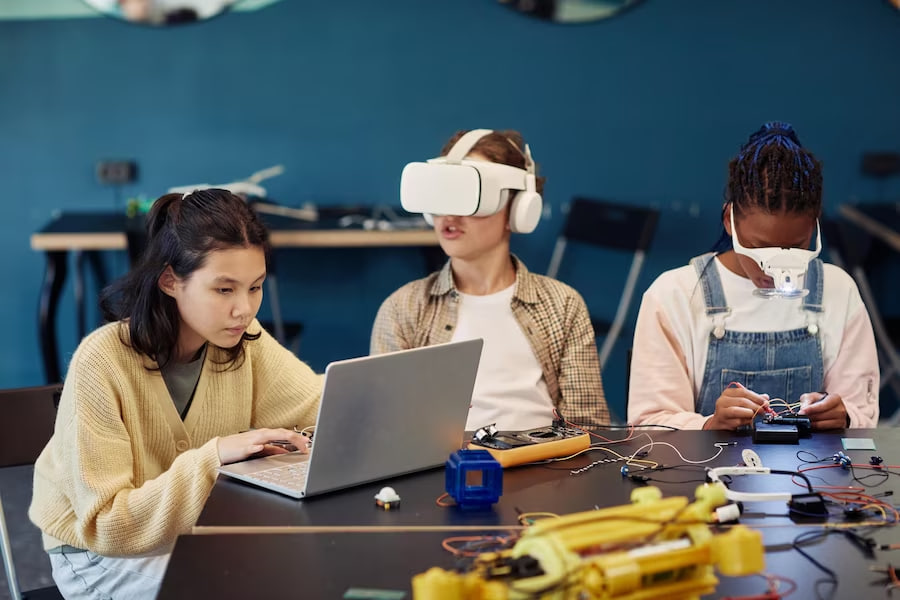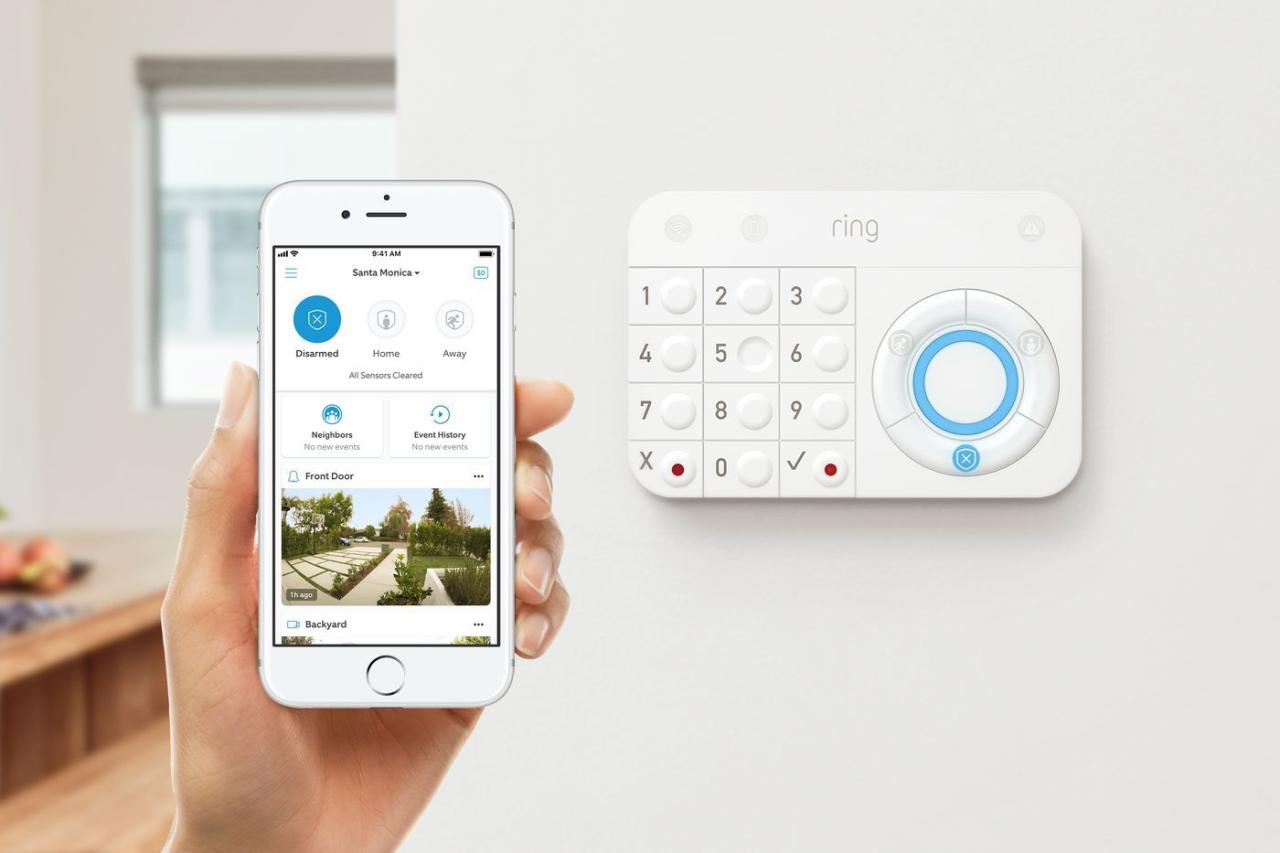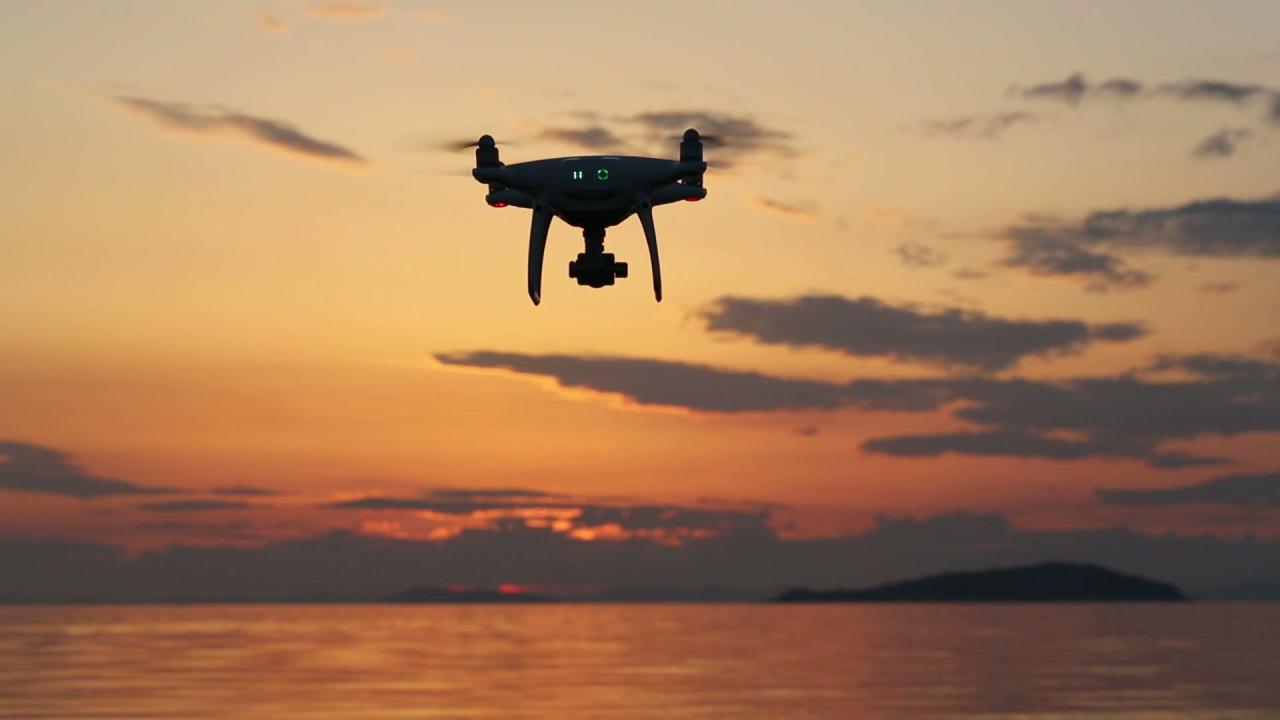The Next Wave: Gadgets Redefining Existence
In an accelerating world, predicting the next big thing in technology is a thrilling, albeit complex, endeavor. The rapid pace of innovation means that what’s cutting-edge today might be commonplace tomorrow, and what seems like science fiction now could be in our pockets within a decade. This article delves deep into the future of devices, exploring the groundbreaking concepts, prototypes, and emerging technologies that are poised to fundamentally reshape how we interact with our environment, ourselves, and each other. We’ll move beyond incremental upgrades, focusing on truly transformative gadgets that promise not just convenience, but entirely new modes of living, working, and engaging with the digital and physical worlds. From seamless integration of AI into every facet of life to radical advancements in human-computer interaction, prepare to glimpse the future of personal technology.
Seamless Living: The Hyper-Intelligent Home
The vision of a smart home is evolving from merely connected devices to a truly intuitive and predictive living space. Future homes won’t just respond to commands; they’ll anticipate our needs, manage resources autonomously, and offer unparalleled levels of comfort, security, and efficiency.
A. Ambient Computing: The Invisible Interface
Imagine a home where technology fades into the background, seamlessly woven into the very fabric of your environment. This is the promise of ambient computing. Future devices won’t be distinct gadgets you interact with; instead, they’ll be omnipresent sensors, processors, and actuators embedded in walls, furniture, and everyday objects. Voice interfaces will become more natural, understanding context and intent rather than just commands. Gestures, gaze, and even biometric cues will serve as intuitive controls.
Think about a kitchen that automatically orders groceries when it detects low stock, a bathroom mirror that analyzes your health data as you brush your teeth, or a living room that dynamically adjusts lighting, temperature, and even atmospheric scents based on your mood or activity. This shift from explicit device interaction to implicit environmental responsiveness will make technology truly feel like magic, enhancing daily life without demanding constant attention. Privacy and data security will be paramount, requiring robust, transparent systems that users can trust. The focus will be on creating truly personalized, adaptive spaces that enhance well-being without overwhelming the senses.
B. Predictive Energy Management: Autonomous Resource Optimization
As sustainability becomes critical, future smart homes will feature highly advanced, AI-driven energy management systems. These aren’t just smart thermostats; they are comprehensive networks that analyze historical usage patterns, predict future needs based on weather forecasts and occupants’ schedules, and autonomously optimize power consumption.
Consider a home that dynamically shifts energy usage to off-peak hours, intelligently charges electric vehicles when renewable energy is abundant, and even trades excess power back to the grid. These systems will integrate with smart appliances, dynamic window tinting, and adaptive insulation to minimize waste. They might even incorporate micro-grid capabilities, allowing homes to generate, store, and share their own clean energy. The goal is a truly self-sufficient and carbon-neutral dwelling, where energy is a seamlessly managed utility, not a constant concern. This will represent a massive leap in both cost savings for homeowners and environmental responsibility.
C. Adaptive Security and Wellness Bubbles
Future home security will move beyond simple alerts to create adaptive “wellness bubbles”. High-resolution, multi-spectral sensors will be able to detect not only intruders but also changes in air quality, potential allergens, and even early signs of illness in occupants through passive monitoring. AI will learn daily routines, flagging anomalies that could indicate danger or a health concern.
Imagine a system that proactively seals ventilation during a local air quality alert, automatically deploys purifiers, or silently notifies emergency services if it detects a fall or a sudden, severe health event from biometric data. Biometric authentication for entry will be standard, making keys obsolete. Beyond physical security, these systems will also protect digital privacy, creating secure local networks that shield smart devices from cyber threats. The home becomes a proactive guardian, ensuring physical safety, environmental health, and personal well-being without intrusive monitoring.
Human-Computer Symbiosis: The Augmented Individual
The next generation of personal devices will blur the lines between human and machine, enhancing our natural capabilities and enabling entirely new forms of interaction and perception.
A. Advanced Brain-Computer Interfaces (BCIs): Mind-Controlled Horizons
The ultimate frontier in human-computer interaction lies in Brain-Computer Interfaces (BCIs). While invasive BCIs are already used for medical purposes (e.g., controlling prosthetics), the future promises non-invasive or minimally invasive versions for everyday use. Imagine controlling your smartphone, computer, or even smart home appliances with pure thought, no gestures or voice commands needed.
Future BCIs could enable silent communication, allowing thoughts to be translated into text or speech in real-time. They might also facilitate direct sensory input, letting users “see” digital information overlaid directly onto their visual cortex, or “feel” virtual textures. The implications for accessibility, productivity, and entertainment are monumental. Ethical considerations, data privacy, and the very definition of consciousness will become central societal debates as this technology matures. The initial applications will likely focus on enhanced concentration, memory recall, and seamless device interaction, but the long-term potential is truly mind-bending, offering a direct link to the digital realm.
B. Hyper-Realistic Augmented Reality Glasses: Blending Realities
Augmented Reality (AR) glasses are poised to replace smartphones as our primary digital interface. Future AR glasses will be indistinguishable from regular eyewear, lightweight, fashionable, and powerful enough to render incredibly realistic digital overlays onto the physical world. Their transparency and context-awareness will make them far more intuitive than current handheld devices.
Think about navigating a city with dynamic, real-time directions projected onto the street, accessing contextual information about landmarks simply by looking at them, or having a virtual personal assistant visually manifest beside you during a meeting. These glasses will offer seamless integration with AI companions, holographic communication, and spatial computing, where digital objects can be placed and interacted with in your physical environment. The world becomes your interface, augmented with layers of digital information that enhance perception and interaction, making every real-world experience richer and more informed. They will be critical for a new wave of entertainment, education, and professional collaboration.
C. Bio-Integrated Wearables: Health Beyond Monitoring
Wearable technology will evolve from external monitors to seamlessly integrated bio-integrated devices. These aren’t just smartwatches; they are flexible, skin-conformable sensors that can continuously track an unprecedented array of physiological markers with medical-grade accuracy.
Imagine a smart contact lens that monitors glucose levels directly from your tears, a skin patch that analyzes stress hormones and suggests interventions, or even smart clothing that detects early signs of illness by tracking microscopic changes in your body. These devices will provide truly personalized health insights, offering predictive diagnostics and tailored interventions before symptoms even appear. They will communicate directly with cloud-based AI systems to provide proactive health coaching and even alert medical professionals in emergencies. The focus shifts from reactive treatment to proactive, preventative healthcare, empowering individuals with a constant, intimate understanding of their own biology. This level of continuous, non-invasive monitoring will revolutionize personal health management.
Computational Frontiers: Beyond Traditional Processing
The future of devices is inextricably linked to breakthroughs in processing power and data handling. Traditional silicon-based computing is reaching its limits, paving the way for revolutionary new architectures.
A. Neuromorphic Chips: AI That Thinks Like a Brain
Current AI runs on traditional processors, but the future belongs to neuromorphic chips. These processors are designed to mimic the structure and function of the human brain, featuring interconnected “neurons” and “synapses” that can process information in parallel and learn from experience. This architectural shift will enable AI that is far more efficient, adaptable, and capable of complex reasoning with significantly less power consumption.
Imagine devices equipped with neuromorphic chips that can learn continuously on-device, perform incredibly sophisticated real-time image and voice recognition with minimal latency, and adapt their behavior to truly understand user intent and emotional states. This would enable AI companions that genuinely feel empathetic and personalized, transforming every interaction into a more human-like experience. These chips will be the backbone of the next generation of AI-powered ambient computing, making truly intelligent devices a reality.
B. Quantum Computing Integration: Unlocking Unprecedented Power
While full-scale quantum computers are still largely confined to specialized labs, the future will see quantum computing elements integrated into consumer devices. This won’t mean a quantum laptop in every backpack initially, but rather access to quantum processing power via the cloud for specific, incredibly complex tasks.
Imagine your future AR glasses accessing quantum algorithms to perform instant, ultra-secure encryption, or your smart home hub utilizing quantum optimization to perfectly manage a complex micro-grid. Quantum sensors could offer unprecedented accuracy for medical diagnostics or environmental monitoring. This hybrid approach—classical devices leveraging quantum cloud services—will unlock processing capabilities previously unimaginable, enabling advancements in areas like drug discovery, materials science, and AI that are beyond the reach of conventional supercomputers. It’s about bringing the power of the quantum realm to solve everyday problems.
C. Self-Healing and Adaptable Materials: Devices That Fix Themselves
The physical construction of future gadgets will undergo a revolution with self-healing and adaptable materials. Imagine a smartphone screen that automatically repairs minor scratches and cracks, or a wearable device that can change its form factor to perfectly fit your body.
These materials, often inspired by biological systems, will extend the lifespan of devices, reduce e-waste, and allow for truly personalized ergonomics. Beyond self-repair, some materials might be programmable, allowing devices to change their functionality or appearance on demand. A tablet could become a flexible e-reader, or a drone could reshape its wings for optimal flight in different conditions. This fundamental shift in material science will make future devices more resilient, sustainable, and versatile, leading to products that literally evolve and repair themselves, making them more durable and adaptable to user needs.
Robotics and Automation: Intelligent Companions and Helpers
Robotics is moving beyond industrial applications into our homes and personal lives, with future devices offering intelligent assistance and companionship.
A. Autonomous Personal Robots: More Than Just Cleaners
Forget the basic robot vacuum. Future homes will host autonomous personal robots capable of performing a wide range of tasks. These robots will feature advanced AI, sophisticated manipulation capabilities, and intuitive human-robot interaction.
Imagine a robot that not only cleans your home meticulously but also sorts laundry, prepares simple meals, monitors elderly relatives, or provides educational assistance to children. They’ll navigate complex environments, understand natural language commands, and learn from human behavior to become truly helpful companions. Ethical considerations around privacy, job displacement, and emotional attachment will become increasingly important as these robots integrate more deeply into our lives. The focus is on creating multi-purpose, adaptable robotic helpers that seamlessly integrate into the daily routines of a family, freeing up human time for more creative or leisurely pursuits.
B. Micro-Robotics for Everyday Tasks: Invisible Assistants
Beyond larger personal robots, the future will see the proliferation of micro-robotics for incredibly precise and specialized tasks. These tiny, often invisible robots could operate at the nano-scale.
Imagine a swarm of microscopic robots cleaning the air in your home by neutralizing pollutants, or tiny medical robots navigating your bloodstream to deliver targeted drug therapies or perform non-invasive diagnostics. Micro-drones could perform intricate inspections of infrastructure or deliver tiny components. These devices will operate with incredible precision and efficiency, solving problems that are currently impossible for larger machines or humans. The regulatory and ethical frameworks for such ubiquitous, intelligent micro-systems will be a significant challenge to develop. They represent a new frontier in automation, performing tasks on a scale previously thought impossible.
C. AI-Powered Exoskeletons and Prosthetics: Enhancing Human Abilities
Future devices will include advanced AI-powered exoskeletons and prosthetics that go beyond rehabilitation, actively enhancing human strength, mobility, and sensory perception. These intelligent suits will adapt to the wearer’s movements, providing support and amplification.
Imagine an exoskeleton that allows construction workers to lift heavy loads with ease, enabling elderly individuals to retain full mobility, or providing sensory feedback that allows a prosthetic limb to “feel” textures and temperatures. These devices will leverage advanced materials, real-time biometric feedback, and AI learning to become seamless extensions of the human body, pushing the boundaries of physical capability and restoring full functionality with unprecedented precision and comfort. This technology holds immense promise for both medical applications and human augmentation, blurring the lines between natural and artificial capabilities.
Ethical and Societal Implications: Navigating the Future
As we embrace these transformative devices, it’s crucial to consider their broader impact on society, privacy, and the human experience.
A. The Evolving Definition of Privacy and Data Ownership
With devices becoming omnipresent and intimately integrated into our lives, the traditional notions of privacy and data ownership will undergo radical redefinition. Every interaction, every biometric reading, every environmental preference will generate data. The challenge will be to ensure that individuals retain control over their personal information and that it is used ethically and transparently. Future regulations, blockchain-based data management, and privacy-by-design principles will be critical to building trust in these pervasive technologies. We’ll need new societal norms and legal frameworks to safeguard our digital selves.
B. Digital Divide and Accessibility
The rapid advancement of these cutting-edge devices also risks exacerbating the digital divide. Ensuring equitable access to these transformative technologies, regardless of socioeconomic status or geographical location, will be a significant societal challenge. Governments, NGOs, and corporations will need to collaborate to implement policies and initiatives that promote digital literacy and affordability, ensuring that the benefits of future devices are accessible to all, not just a privileged few. True innovation benefits everyone.
C. Human Connection in an Augmented World
As our lives become increasingly mediated by hyper-personalized AI, immersive AR/VR, and autonomous robots, maintaining authentic human connection will be paramount. The future of devices should enhance, not replace, our interpersonal relationships. Designing technologies that foster genuine interaction, facilitate community building, and support emotional well-being will be crucial. The challenge lies in leveraging technology to connect us more deeply, rather than isolating us in personalized digital bubbles. Balance will be key – balancing the convenience of the digital with the richness of human interaction.
Conclusion
The landscape of future devices is one of boundless possibility, driven by an accelerating confluence of AI, advanced materials, and novel computing paradigms. From homes that intuitively cater to our every need to wearables that intimately monitor our health, and robots that seamlessly integrate into our daily lives, the next wave of gadgets promises to redefine not just convenience, but the very essence of human experience. These aren’t just incremental upgrades; they are fundamental shifts that will empower, connect, and transform.
Embracing this future requires not only technological prowess but also careful consideration of the ethical, societal, and human implications. By fostering innovation responsibly, prioritizing privacy and accessibility, and designing technology that enhances genuine human connection, we can collectively shape a tomorrow where future devices truly serve humanity, unlocking unprecedented potential and creating a world that is smarter, more sustainable, and profoundly more interconnected. The journey has just begun, and the devices of tomorrow are waiting to surprise and delight us.

